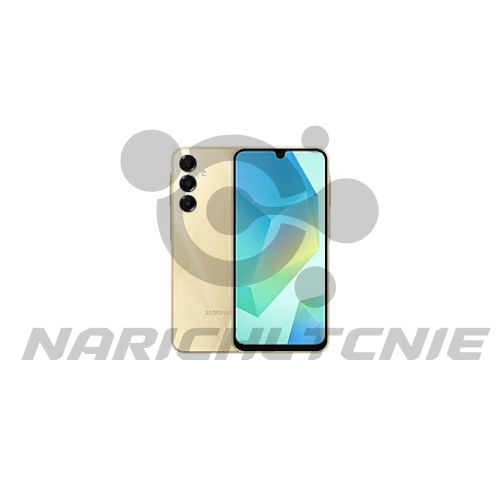Mobile Devices
Emerging Technologies in Mobile Devices 2025 – Shaping the Future of Connectivity and Performance
Emerging Technologies in Mobile Devices 2025 – Shaping the Future of Connectivity and Performance
Meta Description:
Explore the emerging technologies transforming mobile devices in 2025. Discover innovations in AI, connectivity, displays, and battery technology that redefine user experiences.
Introduction
The mobile device industry is experiencing rapid technological evolution in 2025, introducing groundbreaking innovations that redefine how users interact, connect, and perform tasks. Emerging technologies such as artificial intelligence, advanced connectivity standards, flexible displays, and improved battery systems are paving the way for smarter, faster, and more versatile mobile devices.
Understanding these technologies is essential for consumers, developers, and businesses to anticipate future trends, optimize user experience, and make informed investment decisions. This article examines the most impactful emerging technologies shaping the mobile device landscape in 2025 and beyond.
Artificial Intelligence and Machine Learning Integration
AI and machine learning are now deeply integrated into mobile devices, enhancing everything from photography to security. On-device AI enables real-time language translation, personalized content recommendations, predictive typing, and improved voice assistant responsiveness.
AI-powered cameras automatically adjust settings for lighting and scenes, delivering professional-quality photos without manual input. Additionally, AI enhances battery management by optimizing power consumption based on usage patterns, extending device uptime.
Security also benefits from AI through advanced threat detection and anomaly recognition, protecting devices from malware and unauthorized access proactively.
Advanced Connectivity: 5G and the Dawn of 6G
5G networks have become widespread, delivering ultra-fast download speeds, low latency, and enhanced network reliability. This connectivity leap supports high-definition video streaming, cloud gaming, and IoT device ecosystems seamlessly.
Research and early development of 6G technology are underway, promising terabit speeds, near-zero latency, and expanded AI-driven network management. Future mobile devices will leverage 6G to enable holographic communications, real-time augmented reality experiences, and pervasive edge computing.
In 2025, mobile devices also increasingly support Wi-Fi 6E and emerging Wi-Fi 7, boosting local wireless performance for dense environments.
Flexible and Foldable Display Technologies
Flexible OLED and microLED displays are transforming device form factors, enabling foldable smartphones and tablets that combine portability with large-screen functionality. These innovations allow devices to switch dynamically between phone-sized and tablet-sized modes, enhancing multitasking and media consumption.
The durability and responsiveness of foldable screens have improved significantly, with ultra-thin glass and hinge engineering enhancing reliability. Rollable displays are also emerging, offering screens that expand or contract based on user needs.
These display technologies open new design possibilities, blurring lines between traditional device categories.
Battery and Charging Innovations
Battery technology continues to advance with the development of solid-state batteries promising higher energy densities, faster charging times, and improved safety over conventional lithium-ion batteries.
Wireless charging has become more efficient and widespread, including long-range charging and multi-device charging pads. Fast charging technologies now enable full device charging in under 30 minutes for many flagship models.
Energy harvesting technologies that convert ambient energy (light, heat, movement) into power are under research, potentially extending battery life further in the future.
Enhanced Sensors and Biometric Security
Mobile devices in 2025 feature advanced sensors, including under-display fingerprint scanners, 3D facial recognition, and even heart rate and blood oxygen sensors integrated directly into screens or camera modules.
Biometric systems have become faster, more accurate, and secure, often combined with AI to detect spoofing attempts. Multi-factor biometric authentication is gaining traction, increasing device security without sacrificing user convenience.
Additional sensors for environmental awareness enable features like adaptive brightness, gesture controls, and spatial audio, enriching user interaction.
Augmented Reality (AR) and Virtual Reality (VR) Capabilities
AR and VR technologies are increasingly integrated into mobile devices, supporting immersive gaming, training, navigation, and social experiences. Improvements in processor power, display resolution, and sensor accuracy enable seamless AR overlays and VR environments.
Lightweight AR glasses paired with smartphones or standalone devices allow users to access contextual information hands-free, transforming industries like healthcare, education, and manufacturing.
Conclusion
Emerging technologies in mobile devices in 2025 are driving a new era of connectivity, performance, and user experience. AI, advanced connectivity standards, flexible displays, innovative batteries, enhanced security, and immersive AR/VR are collectively reshaping how we use mobile devices daily.
Staying informed about these trends allows consumers and professionals to leverage technology effectively, ensuring devices meet evolving demands. The future of mobile devices promises smarter, more adaptive, and deeply integrated tools that will continue transforming lives and industries worldwide.

